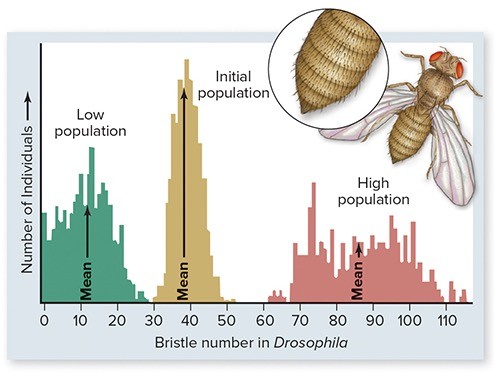A species of crayfish that lives in caves produces eyestalks like its above-ground relatives, but has no eyes. Eyestalks in cave-dwelling crayfish are thus _________________________.
A. an evolutionary error
B. a dominant mutation
C. biogeographic evidence of evolution
D. a vestigial trait
E. evidence that evolutionary theory may be incorrect
Answer: D. a vestigial trait
You might also like to view...
Assume that an mRNA molecule beginning with an AUG is made that is complementary to this DNAsequence:3
'?CTTACATGGCATCC?5' See the genetic code table above. The second codon (counting the start codon as the first codon) directs incorporation of which amino acid in the polypeptide?
a. asparagine b. tyrosine c. arginine d. proline e. cysteine
Some animals acquire their toxic chemical compounds from plants that they consume
Indicate whether the statement is true or false
What tissue comprises the outer bark of woody plants?
a. ground tissue b. epidermis c. phloem d. periderm e. xylem
The figure below shows results of bristle number in Drosophila flies after 35 generations of artificial selection. This figure suggests that
A. after 35 generations of selection, populations no longer exhibit variation in bristle number. B. bristle number has evolved beyond the original range of phenotypic variation for this trait. C. natural selection cannot lead to large phenotypic changes. D. at the end of the experiment, "high population" flies were unable to interbreed with "low population" flies.